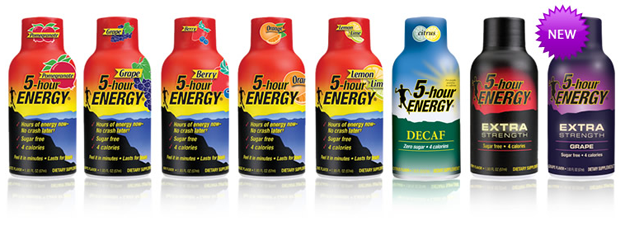
The rise of 5-Hour began in the spring of 2003, when Bhargava found himself at a natural products trade show in Anaheim, Calif. At one booth the sales reps peddled a 16-ounce concoction claiming to boost productivity for hours. Bhargava took a swig. “For the next six or seven hours I was in great shape,†he says. “I thought, Wow, this is amazing. I can sell this.â€
Right away, though, he knew 16 ounces wouldn’t sell. He didn’t want to compete with Red Bull, at the time new to the market. Nor did he want to share fridge space with Coke or Pepsi. “I thought, If I’m tired, am I also thirsty? Is that like having a headache and a stomachache? It didn’t make any sense.†He glanced at the ingredients label and made a mental note. Six months later his version was on the shelves, two ounces of Âcaffeine-infused B vitamins such as niacin mixed with acids like taurine.
Bhargava’s team still had to convince stores and buyers alike that their product was safe. The initial job of getting 5-Hour Energy on the shelves went to Rise Meguiar, Living Essentials’ vice president of sales and the only woman on a team of 17. Health chain GNC was the first to bite, agreeing to stock 5-Hour in 1,200 of its stores in 2004. Slowly but surely, Walgreens, Rite Aid and regional chains like Sheetz followed.